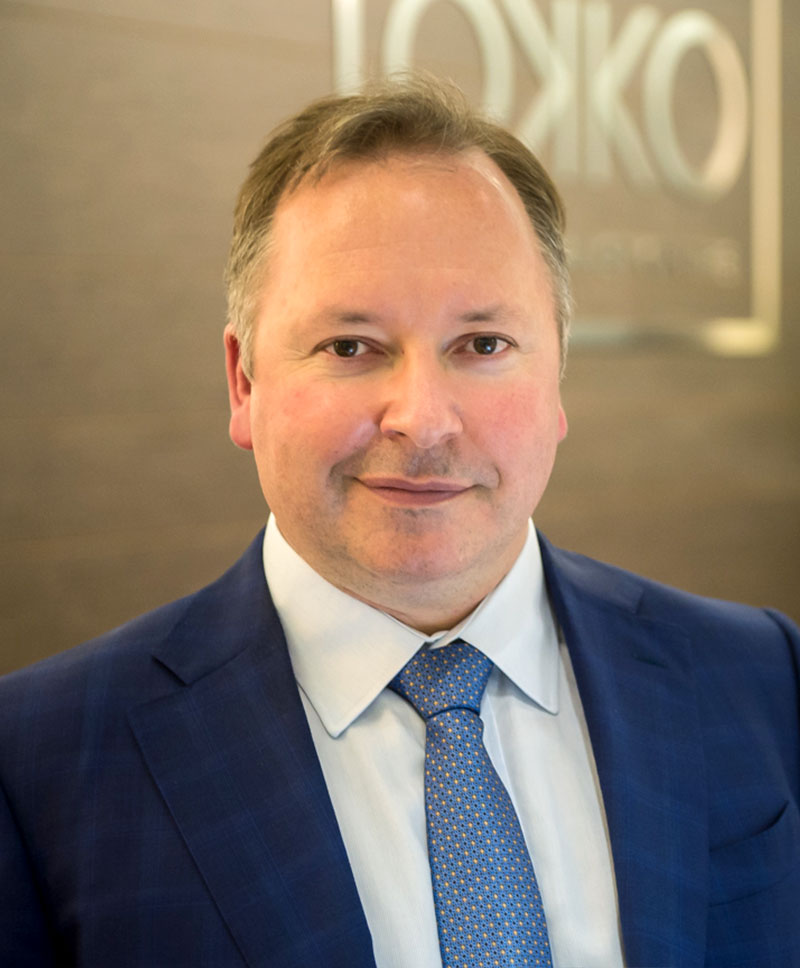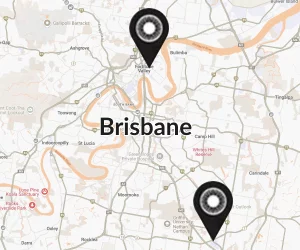
How was LASIK discovered?
Hi, it’s Matt Russell from VSON Laser Vision Specialists. When I tell people I’m a LASIK surgeon, some of them ask me: “How was LASIK discovered?”
Today, LASIK is one of the most effective and popular elective procedures in the world, but the key developments in its history took over a century to unfold.
1898
Surgical solutions to visual errors date as far back as the 19th century. In 1898, a method known as Radial Keratotomy (RK) was introduced to treat conditions such as nearsightedness. This method involved manually making tiny radial incisions in the corneal surface.
1960s
In the early 1960s, a Colombian ophthalmologist named Dr. José Barraquer developed a technique called keratomileusis, a Greek term that literally means “carving the cornea”. At the time, he used a surgical blade to remove a piece of corneal tissue which was frozen, reshaped, and reattached to the surface of the eye.
1970s
In the 1970’s, even greater strides were made in the history of LASIK eye surgery with the arrival and application of the excimer laser. This ultraviolet laser was originally developed for the computer industry to perform precision etching in the manufacture of microelectronic devices.
1980s
In 1980, a research team discovered that this laser could also cut biological tissue with extreme precision and accuracy without damaging the surrounding area. This led to its medical application in a process called Photorefractive Keratectomy (PRK). In PRK, the outer layer, or epithelium, of the cornea is removed, and the exposed corneal stroma is reshaped using the excimer laser.
1990s
The last step in the history of LASIK eye surgery came in the early 1990s, when Greek ophthalmologist Dr. Pallikaris combined the use of the microkeratome and the excimer laser. This created what we now know as LASIK, an acronym for “Laser-Assisted In-Situ Keratomileusis.” In this surgery, the microkeratome is used to create a thin flap in the cornea, and the excimer laser is used to reshape the underlying corneal tissue. The flap is then folded back into place, and natural healing processes begin to reseal the cut very quickly.
2000s
In 2001, the US FDA approved “bladeless” LASIK or all-laser femtosecond LASIK, in which the surgeon uses a femtosecond laser instead of the microkeratome blade to make the corneal flap incision.
To learn more about LASIK, and know which treatment is best for you to free yourself from the hassle of glasses and contact lenses, please book online for a free laser vision assessment on our website today.
Found this post useful? Please share!

Hi, I’m Dr. Matthew Russell, a laser and cataract surgeon
HI I’M DR. MATTHEW RUSSELL A LASER EYE AND CATARACT SURGEON
With over 15 years of experience, I enjoy the privilege of helping patients of all ages reclaim clear vision or preserve it for as long as possible.
Vision correction and high-precision cataract surgery hinge on the expertise and skill set of the provider who also has access to the most precise tools for the job. Ophthalmic surgeons like me know how to make treatment safe, comfortable and positive for the patient. They know how to minimise the risk of complications and maximise successful outcomes.
I have a passion for helping my patients enjoy the clear, high-definition vision they need to live rich and active lives. Now, I have hand-picked a team of professionals that share my passion and commitment to exceptional care.
Dr. Matthew Russell
MBChB, FRANZCO






